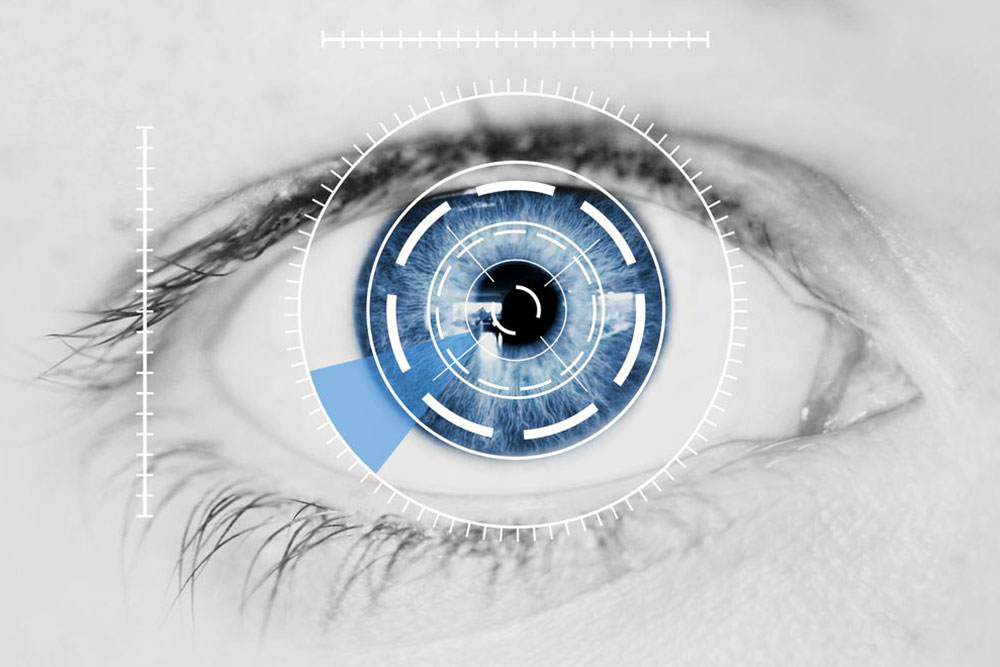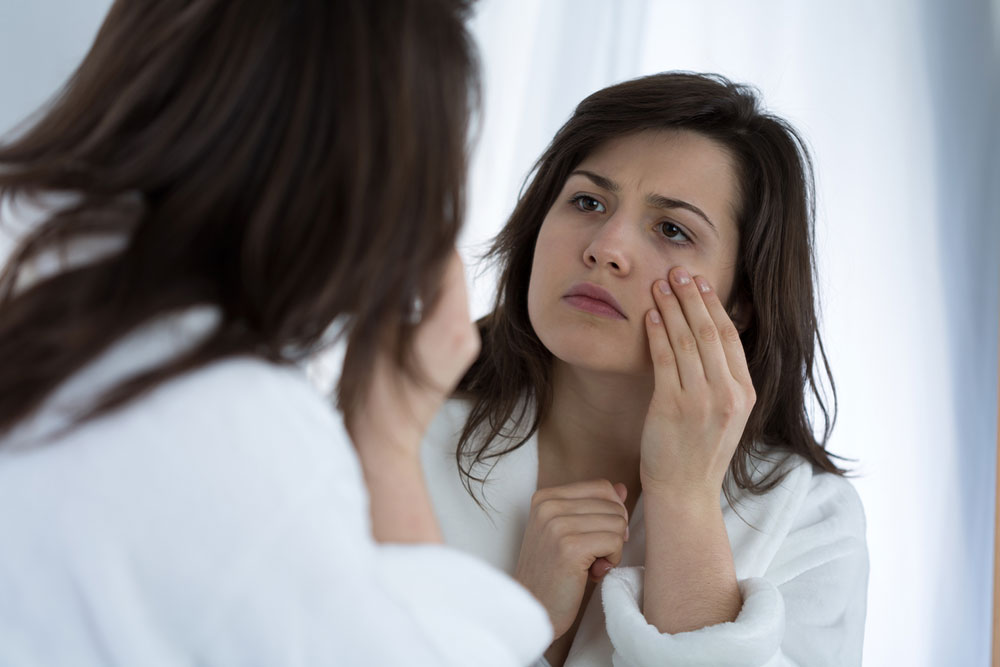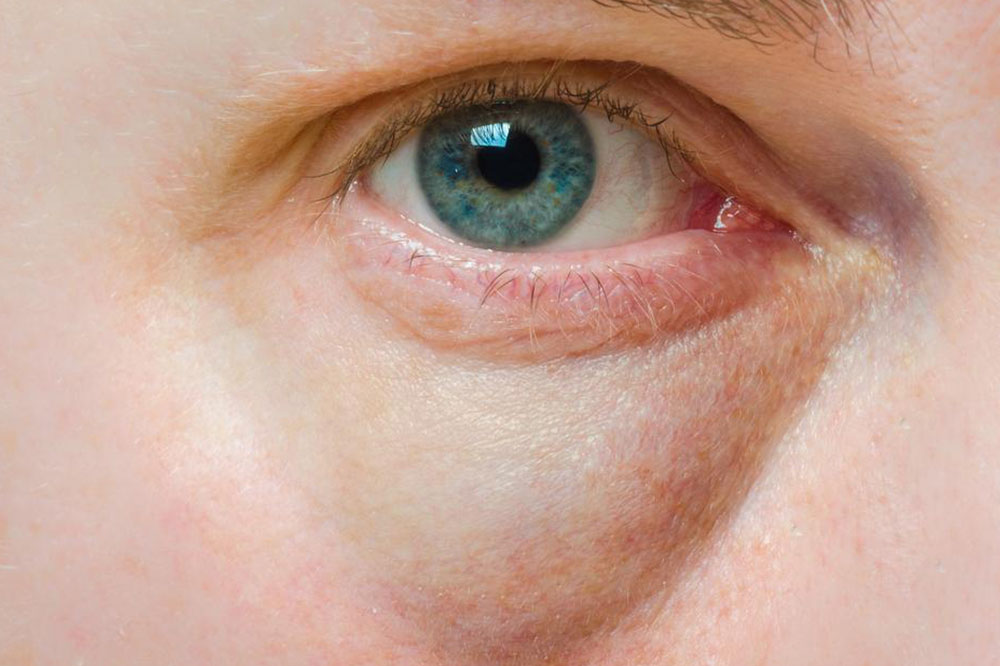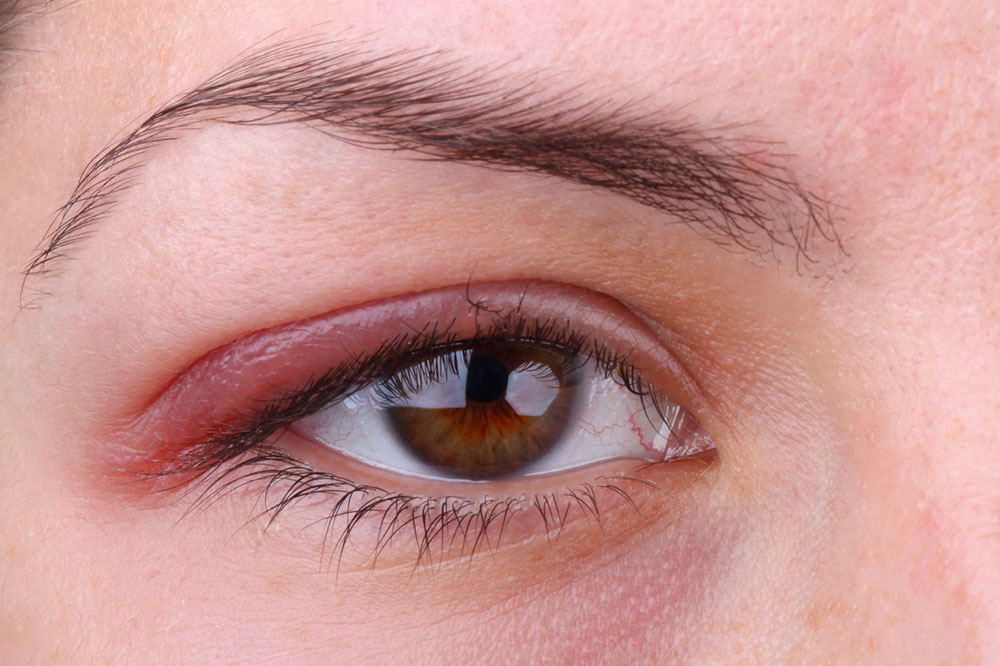Comprehensive Guide to Maintaining Optimal Eye Health: Understanding Common Conditions and Effective Treatments
This comprehensive guide covers essential eye health tips, common eye conditions, symptoms, and treatments. It emphasizes early detection, preventive measures, and when to seek professional help to maintain optimal vision health. Perfect for those wanting to protect their eyesight and understand how to handle eye problems effectively.

Protecting Your Vision: An In-Depth Look at Common Eye Conditions and Prevention Strategies
Maintaining good eye health is essential for overall well-being and quality of life. The human eye, a complex and delicate organ, is susceptible to a variety of conditions that can impair vision and cause discomfort. Recognizing early signs of eye problems and taking prompt action can prevent long-term damage and improve outcomes. In this extensive guide, we will explore the most common eye issues faced by individuals of all ages, their symptoms, causes, preventive measures, and effective treatment options.
Understanding Eye Health and Recognizing Common Visual Disorders
The eyes can be affected by numerous factors, including infections, allergies, traumatic injuries, and underlying health issues. Some conditions are temporary and manageable, while others require immediate medical attention. Being aware of the typical symptoms and triggers is crucial for early diagnosis and effective management. Here, we delve into some of the prevalent eye conditions that threaten our vision and discuss how to identify and handle each one properly.
Conjunctivitis (Pink Eye): One of the most common eye ailments, especially in children, conjunctivitis affects individuals across all age groups. It manifests through redness, itching, burning sensations, discharge, swelling, and excessive tearing. Conjunctivitis can be caused by viral or bacterial infections, which are contagious, or by allergic reactions that are non-infectious. Proper hygiene is vital to prevent the spread of contagious forms—regular handwashing, avoiding touching the eyes, and not sharing personal items are highly recommended. Cool compresses can alleviate discomfort, and medical consultation is necessary to determine the exact cause and receive suitable treatment such as antibiotics (for bacterial infections) or antihistamines (for allergic conjunctivitis).
Allergic Eye Conditions: Allergic conjunctivitis is triggered by common allergens like pollen, dust, pet dander, or mold. Symptoms often include intense itching, redness, watering, swelling of eyelids, and a sensation of grittiness. Seasonal allergies tend to occur at specific times of the year, while perennial allergies persist year-round. Managing allergic eye conditions involves avoiding known triggers, using cold compresses to reduce swelling, and taking antihistamines or allergy eye drops. For persistent or severe cases, consulting an allergist or ophthalmologist is advised to develop an effective treatment plan.
Broken Blood Vessels (Subconjunctival Hemorrhage): Sometimes, blood vessels in the sclera rupture due to strain, sudden increases in blood pressure, rubbing, or spontaneously. This results in a bright red patch on the white part of the eye. While it appears alarming, a subconjunctival hemorrhage is generally harmless and resolves on its own within one to two weeks. Nevertheless, seeing an eye specialist within a few days is recommended to rule out underlying issues, especially if accompanied by pain, vision changes, or recurrent bleeding.
Eye Injuries and Trauma: Any blunt or penetrating injury to the eye can cause redness, swelling, pain, or blurred vision. Serious injuries, such as retinal detachment or internal bleeding, require emergency medical intervention. Immediate steps include applying a cold compress to reduce swelling and seeking urgent care for all significant trauma, particularly if there is a loss of vision, blood in the eye, or pain that worsens over time.
Common Symptoms and Their Management
Early detection of eye issues relies heavily on observing specific symptoms. Some of these symptoms, if addressed promptly, can prevent the progression of serious conditions and safeguard vision.
Itchy and Irritated Eyes
Itching is often associated with allergies or dry eye syndrome. Over-the-counter lubricating eye drops, known as artificial tears, can provide temporary relief by moistening the eyes and washing away irritants. Antihistamine eye drops also help alleviate allergic reactions. However, avoid rubbing the eyes, as this can worsen symptoms or lead to injury. Persistent or severe itching and redness should prompt a visit to an eye care professional for targeted diagnosis and treatment options.
Sudden Changes in Vision and Emergency Alerts
Sudden and persistent blurred vision needs urgent evaluation by an eye specialist. Immediate concerns include sudden vision loss or seeing a curtain or shadow over part of the visual field, which might indicate retinal detachment—a sight-threatening emergency. Mild intermittent blurriness due to dry eyes or eye strain can often be managed with proper rest and hydration but should still be examined if it persists or worsens.
Swelling, Puffiness, and Burning Sensations
Persistent swelling around the eyes can indicate allergies or inflammation, while burning sensations often result from dryness, fatigue, or prolonged screen use. Adequate hydration, taking breaks during screen time, and using lubricating eye drops can help alleviate these feelings. If symptoms continue or worsen, medical consultation is necessary to identify underlying causes and receive appropriate treatment.
Eye Pain and Serious Concerns
Any kind of eye pain—whether dull, sharp, or persistent—paired with redness or vision disturbances warrants immediate medical attention. Conditions such as uveitis, glaucoma, or corneal infections can cause significant discomfort and threaten sight if not treated promptly. Mild discomfort caused by overuse, sinus pressure, or fatigue can usually be relieved with rest, warm compresses, or OTC pain relievers.
Floaters, Flashes, and Visual Disturbances
Small floaters are common age-related changes within the vitreous gel of the eye. However, a sudden increase in floaters, flashes of light, or a curtain-like shadow across the visual field signal potential retinal detachment—a true emergency requiring immediate medical intervention. Recognizing these signs early can prevent permanent vision loss.
Foreign Objects and Eye Irritation
If debris, dust, or an accidental object enters the eye, do not rub it as this could worsen injury. Rinse with saline solution or use lubricating drops to flush out minor irritants. For sharp objects, embedded particles, or metallic foreign bodies, seek urgent ophthalmic care to avoid further damage or infection. Never attempt self-removal of embedded foreign objects.
Maintaining eye health involves regular check-ups, protective measures, and prompt management of symptoms. With advances in eye care and increased awareness, preventing vision impairment is achievable for most individuals. Taking simple steps such as wearing protective eyewear, practicing good hygiene, and seeking timely medical advice can significantly reduce risks and preserve clear, healthy vision for years to come.





